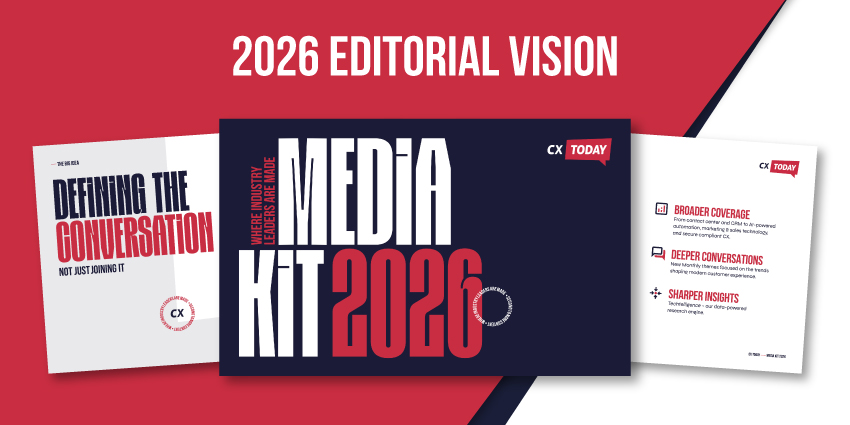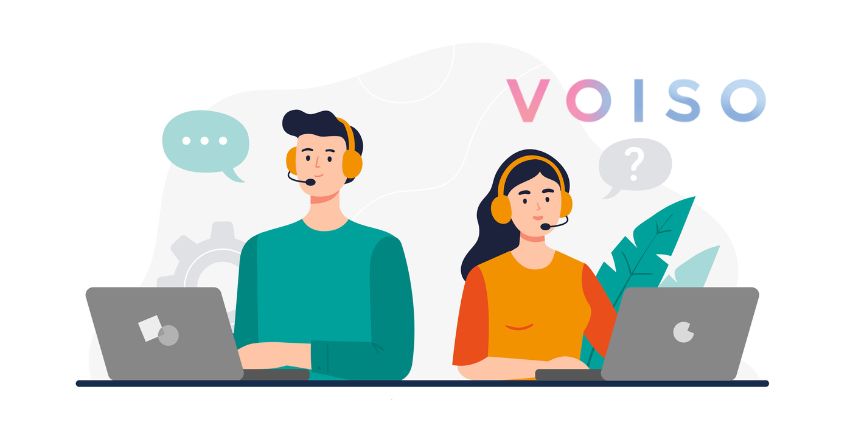The use of optimistic language always helps to create a warm and friendly atmosphere. Bear in mind that the tone and tempo of your voice can be highly influential in your role as a contact center representative. It can be a tool for customer happiness, or – when used incorrectly – it can lower customer satisfaction rates. How, then, can you stay positive over the phone, no matter the nature of the call? To answer this question, we need to first recognize the importance of positive language usage in customer service.
The Role of Positivity
Telling customers what you can do for them, as opposed to what you can’t, is an example of adopting positive language in customer service. Simply said, this means interacting with an individual in a way that shows you value them and want to help.
A customer’s impression of the agent and the business might be influenced positively by how they feel all through the support encounter. Using upbeat language and a friendly demeanour can minimize the chance of misunderstandings and disagreements while also boosting morale.
However, it’s important for your speech to seem genuine and not artificial. Let’s look at a few ways to achieve this.
Positive Language Usage Tips for Customer Service Agents
Here are seven actionable ways to insert a sense of positivity into your call center conversations:
1. Start by introducing yourself
If the customer’s name is unknown (on platforms like live chat, for instance), the agent should quickly identify themselves by name, state their precise role, and request for the customer’s name. Personalizing interactions with clients through introductions makes sure the conversation begins on a positive note.
2. Say (and demonstrate) that you are happy to help
It’s easy to let your temper flare with customers while you’re working the phones. incessantly. Even if you have no control over the conditions, you can control your response to them. The idea of “happy to help” indicates that the agent is eager to help the client and has their best interests in mind. Retaining a positive attitude is vital for delivering CX. The expression “happy to help” is far more than just words; it sets the tone — in fact, the vibe or the mood — for the organization as a whole.
3. Know the difference between positive and negative language
If you want to master positive language usage, you need to know what sets it apart from negative language. Agents should keep in mind that:
- Positive language is usually active, compared to negative language, which is passive.
- Positive statements are motivating, while negative ones are limiting.
- Positive language presents a proactive stance, while negative statements will react.
- Positive statements are helpful, incorporating “I” and “we.” Negative language is more critical, sometimes targeting the customer as “you.”
4. Be mindful of the action words you use
It’s best not to use absolutes like “cannot,” “will not,” and “unable” unless absolutely necessary. There’s a degree of arrogance or smugness to these words that casts a poor light on the dialogue. Replace “but” with “in place of,” “if you,” etc. These may be tailored to suit the needs of the customer and offer them a range of options.
5. Replace harsh phrases with software alternatives
If you want to convince your consumers, you can’t employ terms like “you need to,” “you must,” etc. It’s only natural for them to be offended by, and dismissive of your advice. Explain that you want to help them out by giving them a solution to their problem, rather than forcing them to do something. It’s far better to use phrases like “you could…” or “please.”
6. Avoid demonstrating a sense of doubt or confusion
Any uncertainty or lack of accountability in your language must be avoided, as should any detrimental terms. Such statements include “I’m not quite sure,” “I have no clue about that,” and “That’s not a problem I might assist you with.” Customers will stop trusting a business if you exhibit apathy to all the issues that led them to you in the first place.
Instead, say “Good question! Let me check on that for you.” Reassuring a customer that you’re reaching out to your team for help — whenever you need it — shows that you’re invested in finding a workaround.
7. Respect and empower the caller
Another positive language usage tip is giving others agency by means of your words. In reply to a customer’s query or description of a challenge, you can say something like, “That’s absolutely right.” An individual receives a sense of empowerment, and their sentiments are acknowledged. This type of comment indicates the agent is humble, sincere, and recognizes the severity of the customer’s predicament.
In Closing: Positive Language Usage Examples to Try Today
There are so many positive phrases that work well in customer service, but knowing when to use the best statements can be tricky. Here are a few examples to try:
- When you don’t have enough information: If you could possibly be kind enough to fill me in on some additional details about…
- When you have learned about a new problem: We appreciate your bringing this to our attention…
- When a customer complains: I know how you feel, and I believe that we can find a way to resolve this most definitely…
- When you have to tell the caller to do something: The moment you receive…
- When there is a pause or silence: Now we’ll find a solution that works for you…
Positivity is a great way to deliver a satisfying experience. By learning how to use positive language, agents can make customers happier, reduce their own workloads, and improve outcomes for the company.







